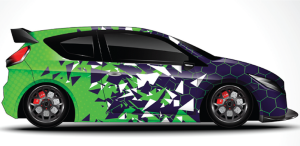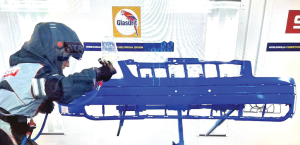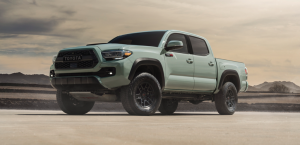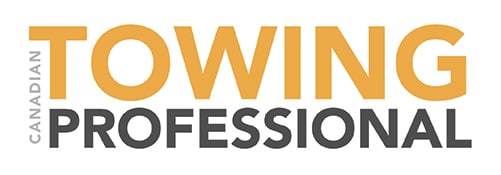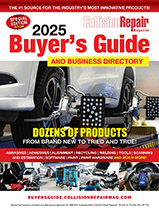DRIVE YOURSELF
In a move that diverges from the path of fellow legacy automakers, Ford announced in late March that it has withdrawn its petition to the National Highway Traffic Safety Administration (NHTSA) to develop Level 4 autonomous driving systems. This decision coincides with the shuttering of Argo AI, a joint Ford-Volkswagen AV development firm, in October. “As evidenced by the planned shutdown of our autonomous driving system (ADS) partner Argo AI, we believe the road to fully autonomous vehicles, at scale, with a profitable business model, will be a long one,” Ford wrote in its February 13 letter to the NHTSA. Prior to this decision, Ford was seeking approval to deploy up to 2,500 autonomous vehicles annually.
SENSOR CENSUS
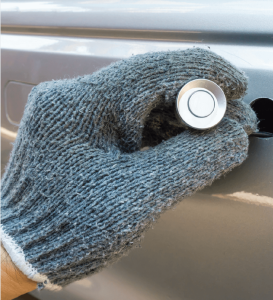 Some deeper analysis of Tesla’s October decision to cut ultrasonic sensors from its production lines shows that the cost-cutting measure from the leading EV brand is not as foolhardy as initially perceived. Tesla’s decision to put its faith into its proprietary computer vision software, Tesla Vision, instead of the industry standard combination of LiDAR, radar and cameras made it an outlier. Recent evaluations of the technology, however, including a 2019 research paper from Cornell University, show that the stereo cameras that Tesla uses in place of other systems “could be capable of generating a 3-D map of nearly equivalent quality to that of a LiDAR system.”
Some deeper analysis of Tesla’s October decision to cut ultrasonic sensors from its production lines shows that the cost-cutting measure from the leading EV brand is not as foolhardy as initially perceived. Tesla’s decision to put its faith into its proprietary computer vision software, Tesla Vision, instead of the industry standard combination of LiDAR, radar and cameras made it an outlier. Recent evaluations of the technology, however, including a 2019 research paper from Cornell University, show that the stereo cameras that Tesla uses in place of other systems “could be capable of generating a 3-D map of nearly equivalent quality to that of a LiDAR system.”
BRAIN CUSHION
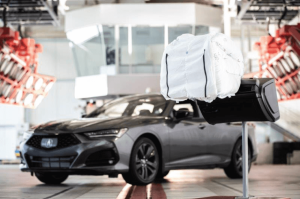 An engineer at Honda has been honoured with the U.S. Government Award for Safety Engineering Excellence for his work on creating a “groundbreaking” passenger air bag system with proven life-saving capabilities. Eric Heitkamp, alongside eight others, was recognized at the National Highway Traffic Safety Administration’s (NHTSA) Enhanced Safety of Vehicles conference, held in Yokohama, Japan in early April. Heitkamp’s design, which Honda describes as functioning like a catcher’s mitt, was directly aimed at mitigating brain injuries caused by traffic accidents. Where a conventional side airbag may see a passenger’s head rotate and slide off, Heitkamp’s system effectively catches, cradles and protects the head, according to Honda.
An engineer at Honda has been honoured with the U.S. Government Award for Safety Engineering Excellence for his work on creating a “groundbreaking” passenger air bag system with proven life-saving capabilities. Eric Heitkamp, alongside eight others, was recognized at the National Highway Traffic Safety Administration’s (NHTSA) Enhanced Safety of Vehicles conference, held in Yokohama, Japan in early April. Heitkamp’s design, which Honda describes as functioning like a catcher’s mitt, was directly aimed at mitigating brain injuries caused by traffic accidents. Where a conventional side airbag may see a passenger’s head rotate and slide off, Heitkamp’s system effectively catches, cradles and protects the head, according to Honda.
STRESS TESTS
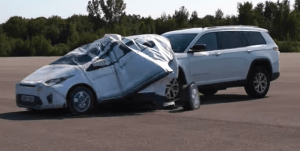 Transport Canada offered a rare peek behind the curtain of its Motor Vehicle Test Centre in Blainville, Quebec, recently, showing off on video the many safety scenarios the federal regulator can play out on its controlled campus. At this facility, Transport Canada uses traffic lights and mock intersections to test out the advanced driver assistance systems (ADAS) currently at work on Canadian roads. The data collected at the test centre then informs much of Transport Canada’s decision-making, largely in the form of safety recalls.
Transport Canada offered a rare peek behind the curtain of its Motor Vehicle Test Centre in Blainville, Quebec, recently, showing off on video the many safety scenarios the federal regulator can play out on its controlled campus. At this facility, Transport Canada uses traffic lights and mock intersections to test out the advanced driver assistance systems (ADAS) currently at work on Canadian roads. The data collected at the test centre then informs much of Transport Canada’s decision-making, largely in the form of safety recalls.



